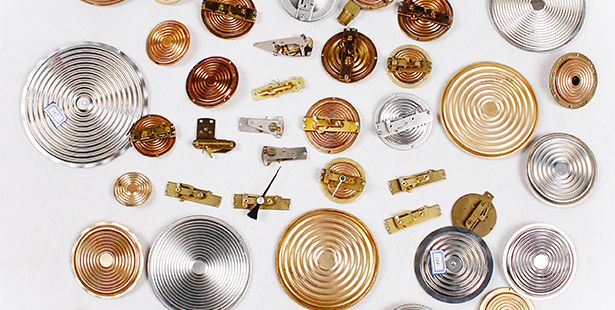
Aug . 15, 2024 04:28 Back to list
High-Performance Precision Pressure Gauges for Accurate Measurement in Industrial Applications
High-Quality Precision Pressure Gauges An Essential Tool for Accurate Measurement
In various industries such as manufacturing, automotive, aerospace, and pharmaceuticals, precise measurements are crucial for optimal performance and safety. One of the pivotal instruments used for this purpose is the high-quality precision pressure gauge. These devices provide critical information about the pressure within systems, allowing engineers and technicians to monitor, control, and diagnose processes effectively.
Understanding Pressure Gauges
Pressure gauges are devices designed to measure the pressure of gases or liquids in a system. They operate on the principle of converting pressure into a mechanical movement, which is then indicated on a dial or a digital display. High-quality precision pressure gauges stand out due to their accuracy, durability, and reliability, ensuring that readings are as close to reality as possible.
Importance of Precision
Precision is non-negotiable in industries where slight deviations from the desired pressure can lead to catastrophic failures or significant losses. For instance, in the oil and gas sector, pipeline systems must operate within strict pressure limits. A malfunctioning pressure gauge can cause over-pressurization, leading to pipeline bursts or leaks, which not only incur financial losses but also pose severe environmental hazards.
Precision pressure gauges are designed to offer remarkable accuracy, often within ±0.1% of the full scale. This level of precision helps in maintaining safe operating conditions and enhances the efficiency of operations. Whether it’s monitoring the pressure of hydraulic systems or ensuring proper levels in pneumatic applications, high-quality gauges facilitate informed decision-making.
Features of High-Quality Pressure Gauges
When selecting a precision pressure gauge, several features should be evaluated to ensure it meets specific application needs
high quality precision pressure gauges

1. Material Construction High-quality gauges are often made from durable materials like stainless steel, which enhances resistance to corrosion and wear. This is especially important in harsh environments where exposure to chemicals is a concern.
2. Calibration and Certification A dependable pressure gauge should be calibrated according to industry standards. Calibration not only ensures accuracy but also extends the life of the gauge. Reputable manufacturers provide certification for their products, informing users that their gauges meet stringent testing criteria.
3. Temperature Stability Temperature fluctuations can affect pressure readings. High-quality gauges are designed to operate efficiently across a range of temperatures, ensuring consistent performance.
4. Response Time Fast response times are crucial in dynamic systems where pressure can change rapidly. Precision gauges are engineered to provide real-time readings, allowing for immediate adjustments.
5. User-Friendly Design A clear, easy-to-read display and intuitive controls are essential for effective operation. Advanced models may include digital displays with backlighting and connectivity features for remote monitoring.
Applications Across Industries
The versatility of high-quality precision pressure gauges allows their application across various sectors. In the pharmaceutical industry, they ensure that processes maintain strict pressure standards, vital for drug formulation and manufacturing. In the automotive sector, they are used to monitor tire pressures, ensuring safety and efficiency on the road. Meanwhile, in HVAC systems, precision gauges facilitate optimal performance and energy efficiency by ensuring proper refrigerant levels.
Conclusion
In a world where precision is paramount, high-quality precision pressure gauges play a vital role in maintaining safety, efficiency, and productivity across multiple industries. By investing in reliable and accurate pressure measurement tools, organizations can mitigate risks, optimize processes, and ensure compliance with regulatory standards. As technology advances, the future of pressure gauging looks promising, with innovations focused on enhancing accuracy and user convenience, paving the way for even more efficient operations in the years to come.
-
High-Precision 5 Valve Manifold Differential Pressure Gauge Suppliers
NewsApr.29,2025
-
High-Precision Diaphragm Vacuum Pressure Gauges Manufacturers & Quotes
NewsApr.29,2025
-
Omega Differential Pressure Gauges High Accuracy & Durability
NewsApr.28,2025
-
Low Pressure Differential Pressure Gauges Precision Solutions & Quotes
NewsApr.28,2025
-
Digital Diaphragm Pressure Gaauge Precision Measurement & OEM Quotes
NewsApr.28,2025
-
Differential Pressure Gauge China Price High-Accuracy & Best Quotes
NewsApr.28,2025
